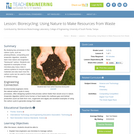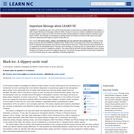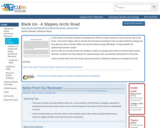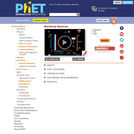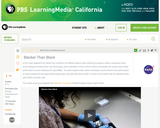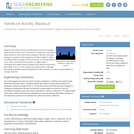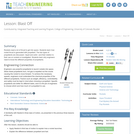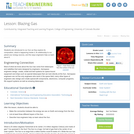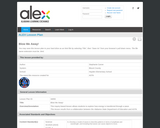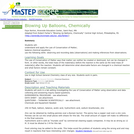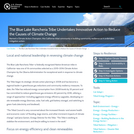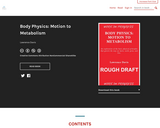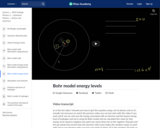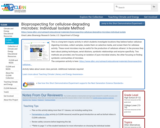
This is a long-term inquiry activity in which students investigate locations they believe harbor cellulose-digesting microbes, collect samples, isolate them on selective media, and screen them for cellulase activity. These novel microbes may be useful for the production of cellulosic ethanol. In the process they learn about plating techniques, serial dilutions, symbiotic relationships and enzyme specificity. Two methods are provided, one focusing on isolation of pure microbial strains, the other focusing on finding symbiotic communities of microbes. The companion activity is here: https://www.glbrc.org/outreach/educational-materials/bioprospecting-cellulose-degrading-microbes-filter-paper-assay
- Subject:
- Career and Technical Education
- Environmental Studies
- Physical Science
- Material Type:
- Activity/Lab
- Simulation
- Provider:
- CLEAN: Climate Literacy and Energy Awareness Network
- Provider Set:
- CLEAN: Climate Literacy and Energy Awareness Network
- Author:
- Great Lakes Bioenergy Research Center
- U.S. Department of Energy
- Date Added:
- 08/17/2018
